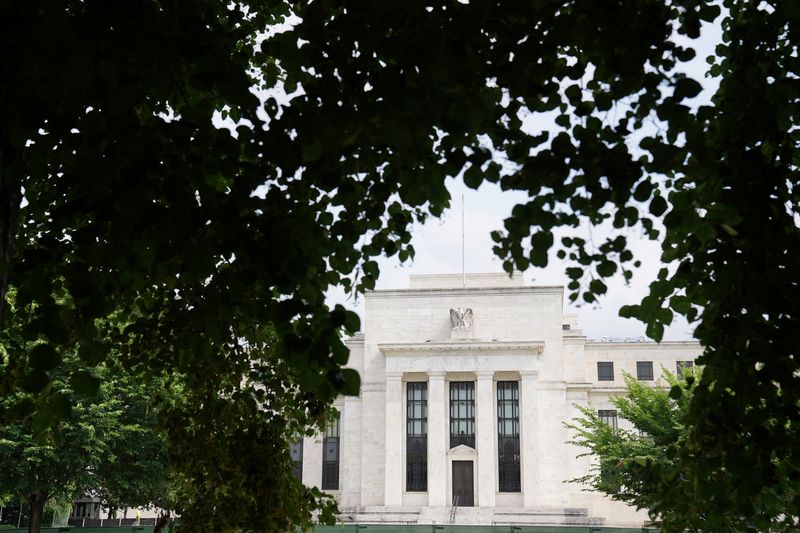The Federal Reserve's path for monetary policy likely remains unaffected by the outcome of the upcoming U.S. presidential election or the composition of Congress, Citi economists said in a Thursday note, highlighting several reasons.
Economists pointed out that former President Trump has confirmed he will leave Jerome Powell as Fed Chair until his term expires in early 2026. Furthermore, Fed officials are expected to focus on macroeconomic outcomes rather than proposed policies.
“That means any change in Fed plans would depend on actual outcomes in data,” they explained.
Also, new fiscal policies enacted by a Republican-controlled Congress would not take effect until 2026, with any significant changes likely requiring extended negotiations.
“Extending the existing individual tax cuts would only affect the budget starting in 2026 – affecting individual tax payments due in April 2027,” Citi's team added.
Despite the rise in political volatility, the market's reaction has been muted, economists said. Interest rates have occasionally moved higher on expectations that a Republican-controlled government would lead to higher inflation and larger deficits, but these moves have been modest and not reflected in other asset markets.
The limited election-induced market volatility may reflect the reality that structural issues leading to higher and more volatile inflation and larger deficits are likely to dominate any differences in policy in the near term.
"In short, the consensus narrative has overstated both the certainty and size of the macroeconomic effects of different election outcomes," Citi noted. “This may partly explain why political volatility is not translating to market volatility.”
The economists also addressed potential fiscal policy changes, noting that new tariffs under a Republican administration are unlikely to lead to significant inflationary pressure. A proposed 10% across-the-board tariff, excluding Mexico and Canada, would raise an estimated $2.2 trillion in revenues over ten years if trade flows remain at current levels. This could offset revenue reductions from extending individual tax cuts.
While there is speculation about substantial tariffs on specific countries or products, such as 60% tariffs on Chinese imports or 100-200% tariffs on German autos, both Trump and his former trade representative Robert Lighthizer have repeatedly stated that these measures are meant as threats to drive negotiations to reduce bilateral trade deficits, economists noted.
